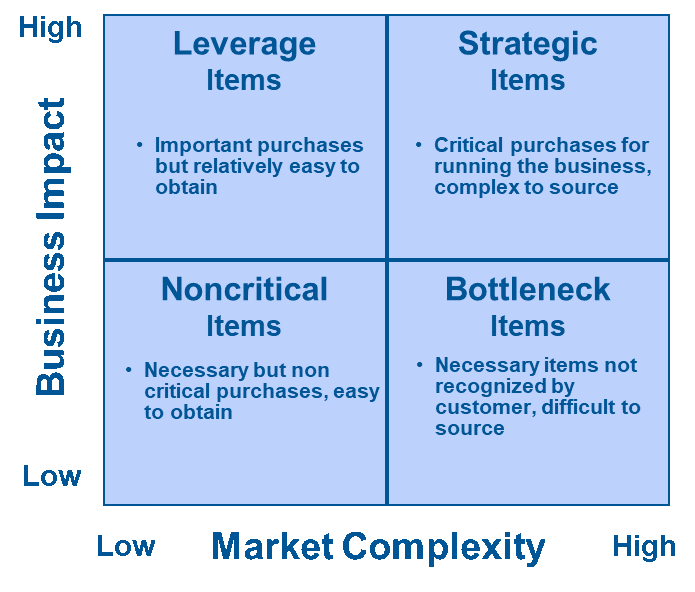The nature of today’s problems forces us to acknowledge that to solve them we must collaborate? After all, world hunger, climate change, water scarcity, COVID, income inequality etc. are not problems that can be solved in isolation. Similarly, supply chain challenges will require more and more collaboration. However, we have all been trained and trained very well about the competitive nature of procurement and sourcing. Our entire process including adversarial negotiations are built around it. But more and more organizations are beginning to realize that collaborative relationships are far more productive than adversarial ones.
There are many examples to be found where collaboration is driving innovative solutions. The Coca-Cola Company has been striving to manufacture a bottle made of 100% plant-derived materials and plant residues. In fact, they have already developed a prototype, and are now collaborating with Heinz to use their bottling factory. In addition, the Coca-Cola Company is also striving to manufacture a bottle made of 100% plant-derived materials and plant residues. In fact, they have already developed a prototype, and are now collaborating with Heinz to use their bottling factory.
In an example of competitors collaborating, Harvard University and Massachusetts Institute of Technology (MIT) signed an agreement a while ago to create EDX, a non-profit organization that aims to offer free online courses, adapted from traditional courses, to anyone with an Internet connection. Each of institution invested $30 million in the project to get it launched.
Moving to collaborative supplier relationships is where world class organizations will differentiate themselves if the future. Perhaps this quote from Wharton School of Business sums it up best: One of the primary criteria for creating successful Supply Chain Management will be collaboration. In a world of heavy competition, collaboration can mean the difference between the merely functioning and the profitable when it comes to procuring goods and services from suppliers around the world and delivering them to global consumers as fast and inexpensively as possible.
Of course, choosing the right suppliers to collaborate with is critical and this simple but effective matrix might prove useful. The initial focus should clearly be on the suppliers that have a high business impact:
However, a suppliers willingness to collaborate with you will be driven by the market complexity of that category. This is where understanding the Value Drivers of your suppliers will come in handy to drive them to collaborate. There are some factors to assess the suppliers’ readiness to collaborate and you must pay consideration to them:
- Is there a shared vision between you and the supplier
- A strategic plan to collaborate and drive mutual benefits
- Mutual Trust exist?
- Is there a bias for action on both sides?
- Are there similar goals?
- Are there effective leaders who believe in collaboration on both sides?
Of course, at the expense of beating a dead horse, driving collaboration will require a much stronger focus on the Strategic Competencies like Change Management, Consulting etc. Without the ability to shift the conversation from a price focus to mutual value creation based on satisfying Strategic Value Drivers, collaboration is a pipe dream And without the ability to drive collaboration across the entire end to end Supply Chain, adversarial relationships will deliver sub optimal results for both sides. Collaborate or perish may no longer be just a slogan.


